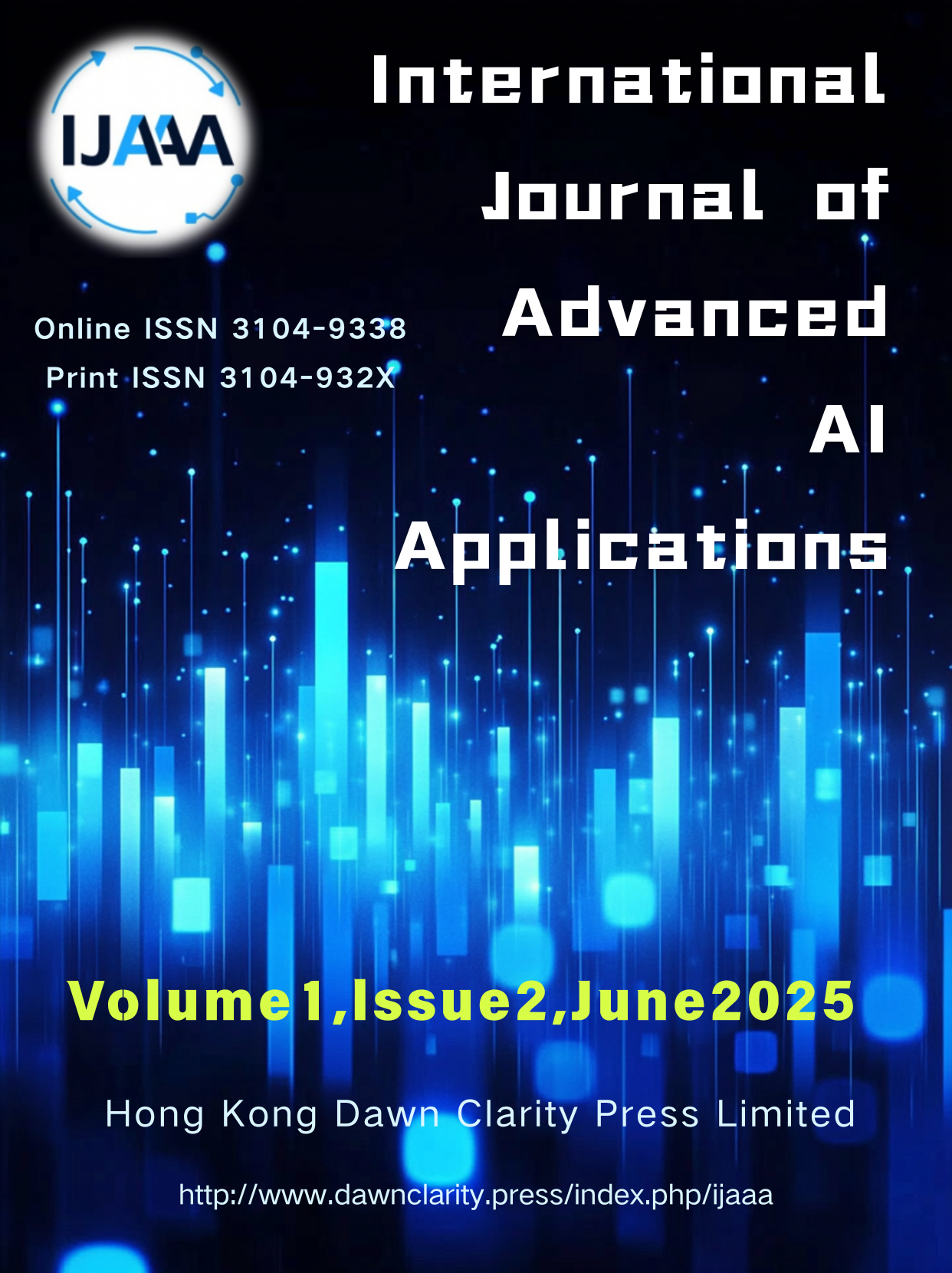A Comprehensive Survey of Semantic Role Labeling
Keywords:
Semantic Role Labeling, Natural Language Processing, Natural Language Understanding, Predicate-Argument Structure, Neural NetworksAbstract
Semantic Role Labeling (SRL) is a core Natural Language Processing (NLP) task focused on identifying predicate-argument structures and assigning semantic labels like agent or goal, which is crucial for natural language understanding (NLU) in applications such as question answering and information extraction. The field has evolved from early reliance on syntactic information to advanced neural network architectures, including Transformer models and pre-trained language models (PLMs). Key approaches include span-based and dependency-based SRL, with a growing trend towards incorporating higher-order graph structures for richer interactions. A novel paradigm, Definition-based SRL (DSRL), redefines the task as natural language generation, where models explain semantic relationships in human-readable definitions. Despite progress, challenges persist in handling nominal and non-verbal predicates, cross-lingual and low-resource scenarios due to data scarcity, and annotation inconsistencies. Future work aims for end-to-end and document-level SRL, integrating broader contextual information. Large Language Models (LLMs) are significantly transforming SRL by enabling data generation and serving as core architectural components for tasks like DSRL, promising enhanced semantic understanding and zero-shot capabilities. However, challenges remain regarding computational cost and potential for erroneous outputs.




